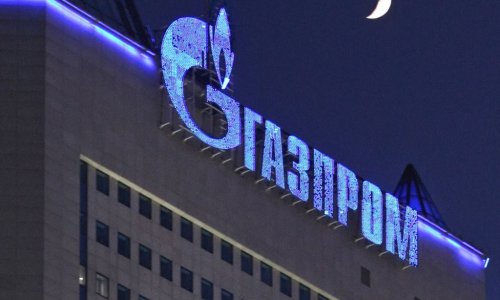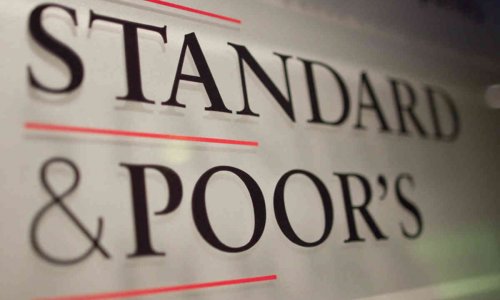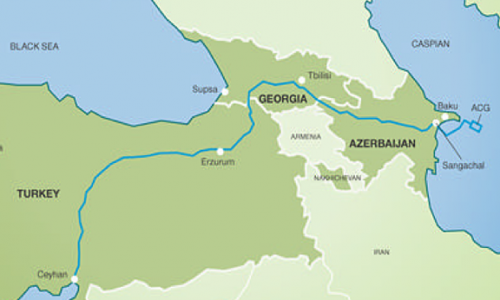The Asian Development Bank issued the following report on its website:
Azerbaijan’s economy rebounded with robust growth of 5.7% in the first half of 2015, up from 2.1% in the same period in 2014. Boosted mainly by government capital expenditure, the economy outside of the large petroleum sector was the major driver of growth.
The public investment program remains a key source of economic expansion and employment, but budget revenues are under pressure from lower oil prices. Despite low prices, oil production in the first half of the year rose by 1.3%, reversing a 3.9% contraction in January–June 2014, but is expected to level off for the rest of the year to allow annual maintenance.
Despite a reduction in spending from the budget plan, fiscal policy is expected to remain somewhat expansionary in 2015 to support the economy. The 2016 budget is being tightened, as low petroleum prices have led to the postponement of some investment projects. Notwithstanding these developments, this Update maintains ADO 2015 growth projections for 2015 and 2016.
Official foreign currency reserves fell by more than 30% in January– August 2015 because the central bank intervened to maintain the new exchange rate after the February 2015 devaluation of the Azerbaijan manat.
Oil prices, key to local currency stability, have fallen dramatically over the past year, from $103.08 per barrel of Azeri light crude in August 2014 to $46.23 a year later. Declining foreign currency reserves and oil prices are putting further pressure on the manat and could trigger another devaluation if recent trends continue over the coming months.
Dollarization is the main concern in the banking sector, as US dollar deposits almost doubled after the devaluation. To limit inflation, the central bank has reduced local currency liquidity. With tepid domestic demand largely offsetting price pressures from the devaluation, year-on-year inflation rose to only 3.5% in the first half of 2015, which was nevertheless up from 1.6% for the same period in 2014.
The devaluation will continue to put inflationary pressure on imports other than food.
www.ann.az
Follow us !











